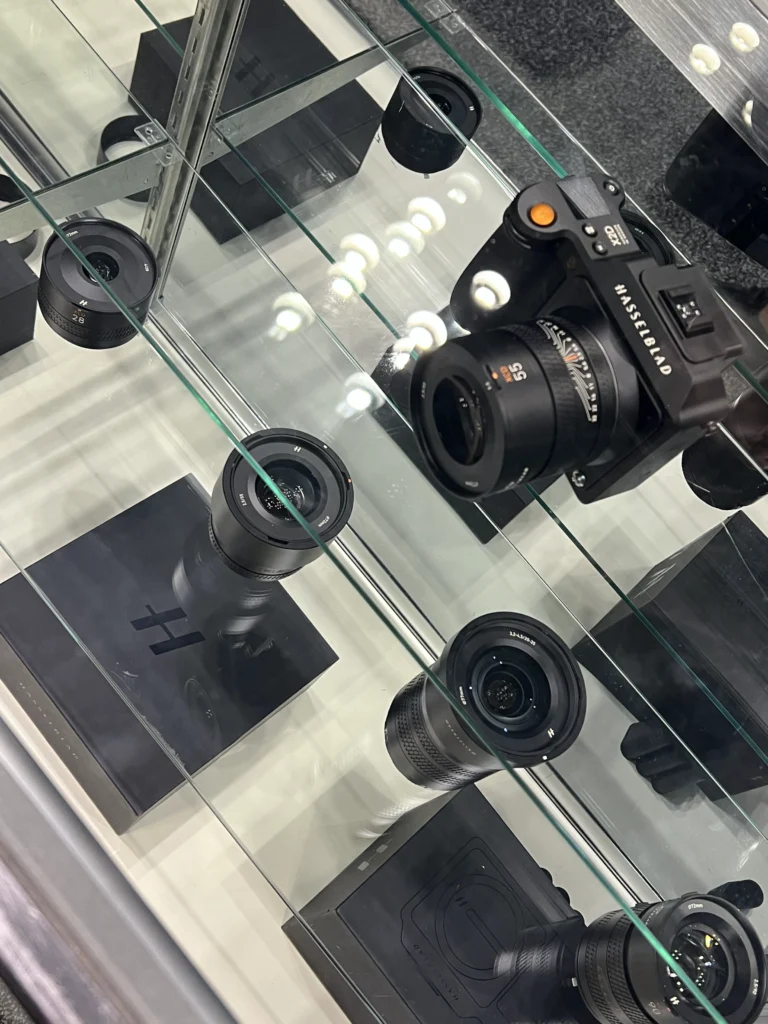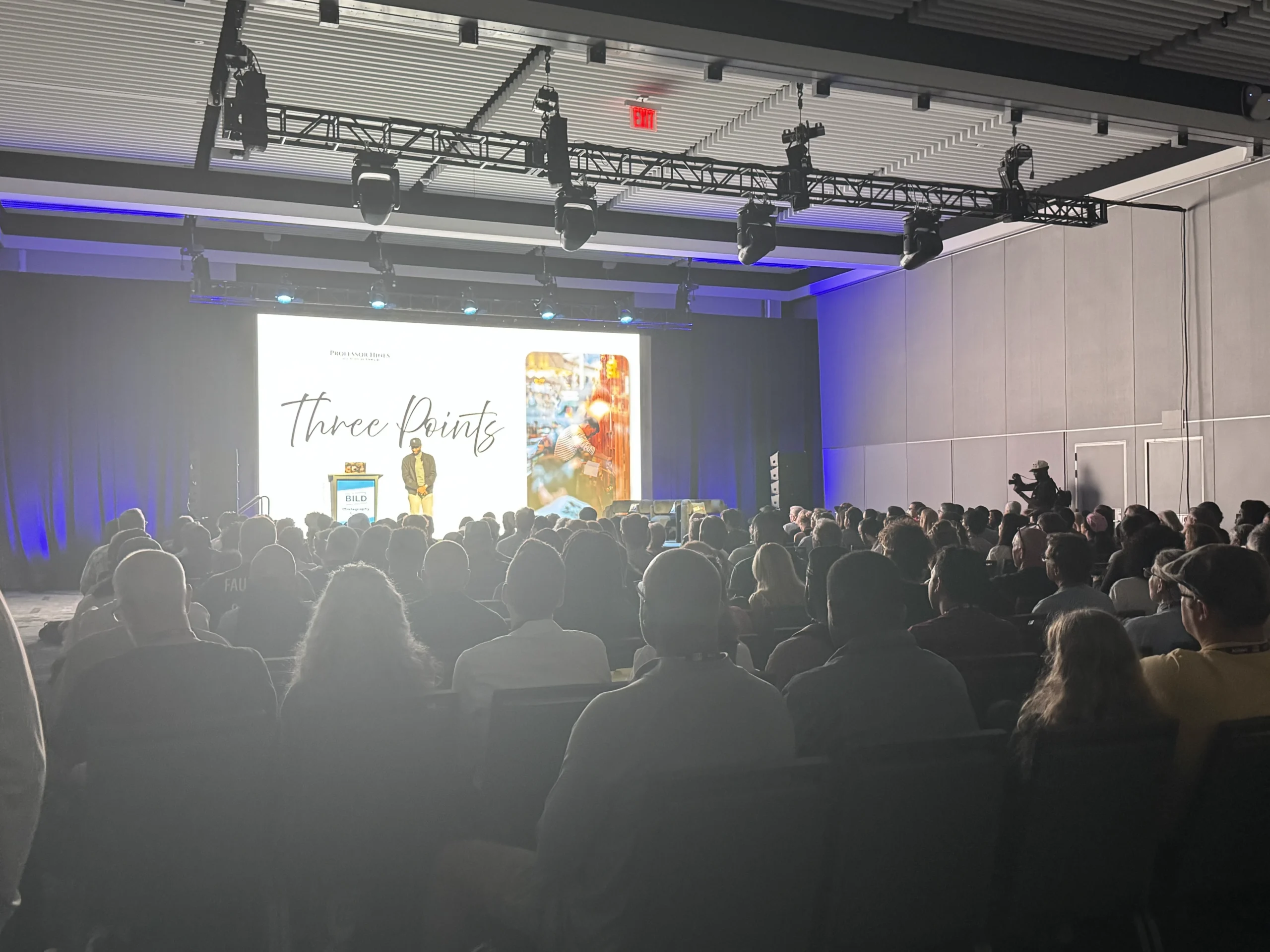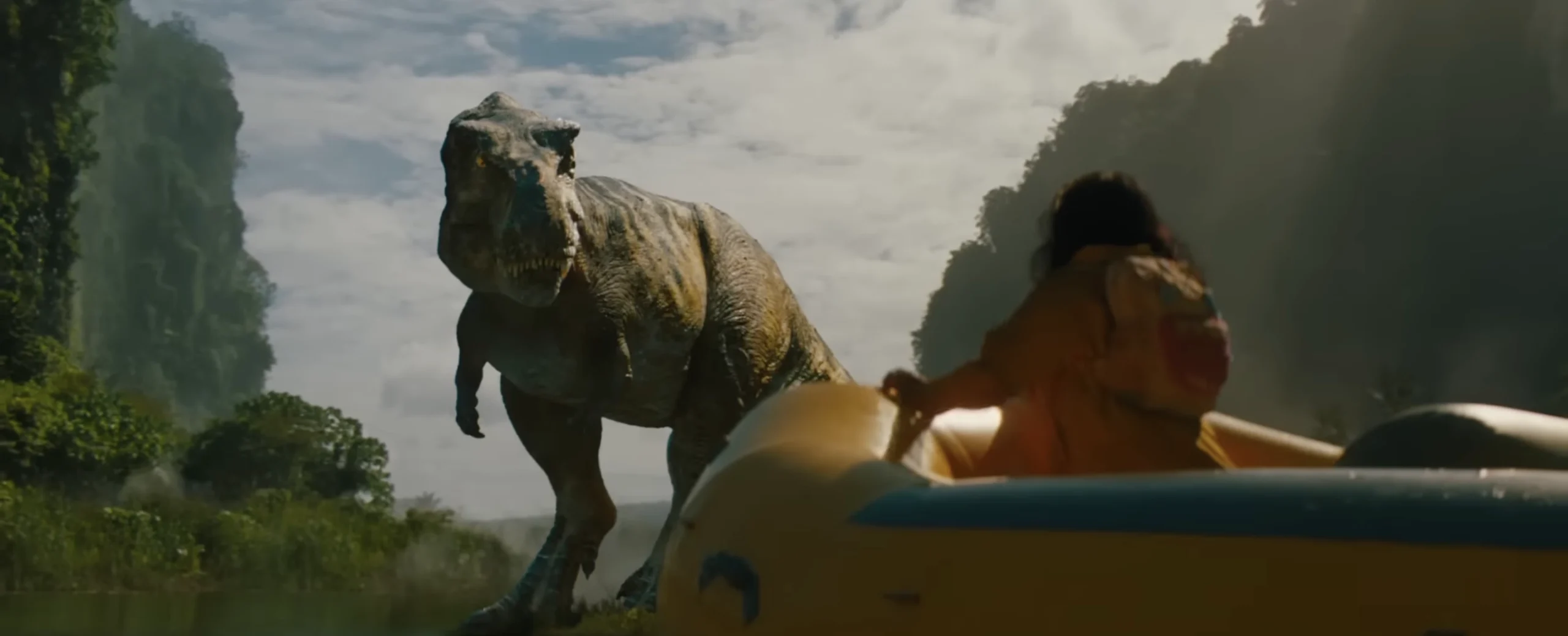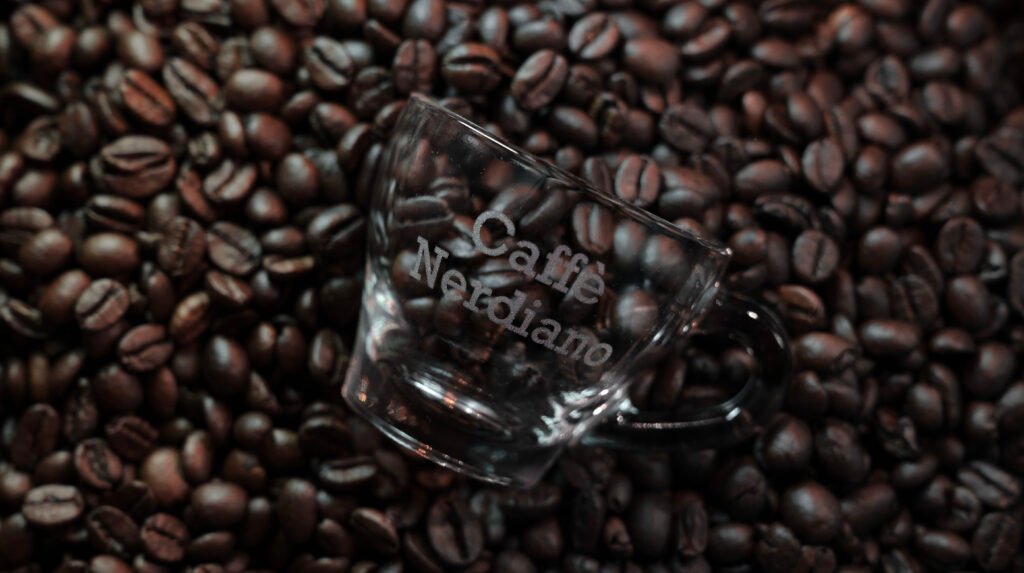Cameras, lenses, and accessories: everything (and more) from the world of photography.
Whether you’re a professional always on the hunt for the perfect gear or an enthusiast daydreaming in front of every shop window, the Bild Expo in New York is the place where photographic dreams come true.
I was at this year’s edition — an event packed with new releases, live demos, nerd chatter, and a fair bit of credit card temptation.
It was a unique opportunity to get your hands (literally) on some of the latest releases, but also to rediscover some timeless classics.
Luckily, everything was on display, so only tests and demonstrations… and my wallet thanked me.
In addition to hands-on testing, I attended several panels on composition, post-production, creativity in composition, and much more.
However, the most beautiful and rewarding experience was being able to have a 1:1 feedback session with professional photographers. Being able to present your portfolio and have opinions and advice from professionals–each specialized in a different category–is extremely satisfying and is an experience that can be very useful. However, always keep a mantra in mind in these situations: degustibus.
Below is a quick tour of the cameras and lenses that impressed me the most: short reviews with no beating around the bush.
CAMERAS
Sony a1 II – A mirrorless full-frame with ultra-high performance, designed for those who work on sports, wildlife, or hybrid production. The new sensor with global shutter is impressive, but for those who don’t have a specific need, the a7R V offers comparable image quality at a more affordable price.
Hasselblad X2D 100C and 907X – Two medium format systems that represent excellence in studio and landscape photography. Extraordinary image quality, impeccable color rendering, but the still limited range of lenses makes them not very versatile for generalist use.
FUJIFILM GFX100 II – A very competitive alternative in the world of digital medium format. Improved autofocus, 8K video, effective IBIS. Less “iconic” than Hasselblad, but more flexible in the professional field.
Canon EOS R1 – Finally seen in person: solid construction, flagship performance and interesting news on the AI autofocus front. The integrated vertical grip is perfect for reportage or sports, but less comfortable for everyday use or transport.
Sigma FP – Compact, modular, and much more powerful than it seems. Ideal for video, but with a photographic potential that is still underestimated.

LENSES
Sony 50–150mm f/2 G Master – A telephoto zoom with a constant f/2 aperture: perfect for weddings, events, and portraiture. High sharpness throughout the aperture. The only flaw: a bit front-heavy. The classic 70–200mm f/2.8remains more versatile in ergonomic terms.
Canon RF 5.2mm f/2.8 L Dual Fisheye – Stereoscopic VR lens designed for 3D production and virtual reality. A niche solution, but very well designed for creators who work on these formats.
Infinity Photo-Optical TS-160 – A modular macro system of the highest level, also used in the scientific field. Able to maintain the flatness of the focus even with three-dimensional subjects. Not for everyone, but it has no rivals in the technical-industrial field.
Viltrox AF 28mm f/1.8 – A compact and lightweight autofocus pancake, ideal for street and everyday use. Surprising for the low price.
Tokina SZ 8mm f/2.8 Fisheye – APS-C lens with good aperture and decent optical quality. Some lateral chromatic aberration, but easily corrected in post-production. Great for those who want to experiment with extreme perspective.
AstrHori 28mm f/13 2x Macro Probe Lens – One of the least expensive macro probes on the market. Great for creative close-ups, especially in video. The optical quality is decent, but it has some vignetting and edge aberration.
Tokina 11–18mm f/2.8 – A bright and versatile APS-C wide angle lens suitable for landscapes, interiors or vlogging. Reliable autofocus, decent performance across the entire frame.
Venus Optics Laowa Aurogon FF 10–50x – An optical system designed for extreme macro photography (up to 50:1). It allows you to get closer to the microscopic world without using microscopes. It is not for everyone, but it is an exceptional choice for those working in scientific or artistic macro.









